Energy Efficiency and Education Take Centre Stage at Nalanda’s Global Conclave
From Ancient Wisdom to Modern Diplomacy: Nalanda’s Role in Regional Partnerships
Nalanda University recently welcomed a group of important guests, including the Vice Chancellor, Prof. Sachin Chaturvedi and Director General of RIS, Prof. Sachin Sharma, dignitaries from East Asia Summit countries, speakers from the ASEAN Centre for Energy and scholars from various universities and research centres in India and abroad, for a special event. Students and faculty members of Nalanda University also joined in, making the gathering lively and full of learning.
It was remarked that Nalanda University was not merely a name but a civilisational brand, carrying the pride of every Indian. The gathering was taken back to the fact that the 4th East Asia Summit of 2009 had urged reviving the heritage of this great institution, formerly the world's first residential university, which flourished for more than eight centuries. In its classical guise, Nalanda had attracted pupils from throughout Asia and farther afield, representing a common intellectual and cultural tradition. It was also observed that most of the partner countries represented were actively involved in supporting the growth of this new institution, which today hosts students from more than 20 nations, with most of them coming from ASEAN. Nalanda was also recognised as the nodal university in India for the ASEAN-India Network of Universities.
Focus was brought to the realisation that these two East Asia Summit activities being hosted at Nalanda were a direct consequence of announcements by India's Prime Minister during the last international summit. They were proclaimed as important for deepening cooperation in the EAS architecture, promoting the Plan of Action, and aligning with the ASEAN Outlook on the Indo-Pacific, in synergy with Malaysia's Chairmanship theme.
The group was informed that learning had been positioned as a need greater than a national one; it had been perceived as a bridge between societies, economies, and hopes. Universities, it was emphasised, were now tasked with equipping young people with the skills for as-yet-unknown jobs, leading the digital revolution while safeguarding human values, and making learning opportunities inclusive. It was also recognised that regional issues like sustainability called for today's growth not to be at the expense of the well-being of future generations. Towards this end, more student and faculty exchanges, collaborative research, and international cooperation were stressed, especially in areas like climate resilience, biodiversity, public health, maritime security, and AI ethics. By sharing intellectual and institutional capital, it was observed, Asian diplomacy would be able to develop innovation ecosystems that served not just national interests but the world at large. India's vision was also brought to the fore, with ASEAN being seen as a natural partner in this endeavour.
The National Education Policy, which was envisioned as facilitating multidisciplinary studies, digital universities, and international collaboration, was referred to as the framework through which MEA India and its partners could further strengthen cultural exchange programs, scholarships, joint degrees, and research collaborations. It was emphasised that universities were not only institutions of higher learning in India but also nurseries of peace, dialogue, and understanding. It was stated that if the 21st century is to be the Asian century, it would be because of such institutions that light the way, not only graduating competent graduates but also good global citizens. The audience was also reminded of the second activity, the energy efficiency knowledge-exchange workshop. It was mentioned that East Asia, being a region of dynamic economies and rapidly urbanising cities, was confronting increasing energy needs along with the challenge of achieving sustainable and inclusive growth. Energy efficiency was defined as the "first fuel" that could cut costs, increase security, reduce emissions, and enhance quality of life.
Examples across the region were cited, including India’s Mission LiFE, Japan’s Top Runner Programme, South Korea’s initiatives on smart grids and hydrogen, China’s investments in renewables, and ASEAN’s energy conservation measures. Reference was also made to Prime Minister Narendra Modi’s call at COP26 in Glasgow for Mission LiFE to be an international movement for sustainable consumption, with the Nalanda campus itself standing as a model of Net Zero Energy, Emissions, Water, and Waste.
India’s progress in renewables was highlighted, including a thirty-two-fold rise in solar capacity over the past decade, positioning the country as the world’s third-largest solar generator. More than half of India’s installed capacity was reported to come from renewables, and India was noted as the first G20 nation to have achieved its Paris Agreement commitments ahead of time. It was also recalled that Indian diplomacy had advanced international relations through mechanisms such as the International Solar Alliance, the Global Biofuel Alliance, and regional electricity grid linkages.
Participants were told that while technology and policy were essential, citizens and businesses must also be engaged through incentives, financing, and awareness. Regional cooperation was identified as an opportunity, with a proposed shared platform on energy efficiency to harmonise standards, co-develop technologies, and exchange lessons systematically, thereby reinforcing global cooperation and resilience. By way of conclusion, the 'Conclave of Heads of Higher Educational Institutions' and the 'EAS Knowledge Exchange Workshop on Energy Efficiency Policies and Programmes, Lifestyle for Environment' were officially opened, with warm greetings for productive deliberations and an enriching sojourn in Nalanda.
Editor’s Note:
The recent gathering at Nalanda University reflected the power of education, diplomacy and sustainability to shape the future of Asia. What brought this event apart was the way Nalanda’s legacy was not only honoured but actively reimagined. The university was honoured as a civilisational brand, which reminded us that institutions like Nalanda are not merely a place of learning, they are the symbols of shared history, values and aspirations. The convergence of East Asia Summit activities at Nalanda showed how India, through the Act East approach, is positioning education as a strategic tool in its foreign policy. Recently, the university emphasised student exchange programs, collaborative research and regional cooperation in areas such as climate resilience and AI ethics. This transition signals a shift from traditional diplomacy to knowledge diplomacy, where ideas, innovation, and shared learning become the currency of influence. Moreover, India's achievements in solar energy and its global leadership in the International Solar Alliance are reflections of a country that does not just talk about change but really drives it. The very thought of Nalanda's campus as a Net Zero model is symbolic and inspiring. It reminds you that sustainability starts from home and that universities should set an example.
Skoobuzz highlights that Nalanda’s revival and its role in regional cooperation make a strong case for why education must be at the heart of diplomacy and development.
FAQs
1. What is Nalanda University renowned for?
Nalanda University is renowned as a twenty-first-century knowledge centre drawing inspiration from the ancient Nalanda Mahavihara. It emphasises postgraduate studies and research in subjects such as history, ecology, and Buddhist studies, and unites scholars from all over the world to foster peace and the exchange of cultures.
2. Where is Nalanda University situated in India?
Nalanda University is in Rajgir, Bihar. It is near where the ancient Nalanda ruins once lay, a hub of great learning and scholarship in their time.
3. What is the East Asia Summit 2025?
The East Asia Summit 2025 was conducted in Kuala Lumpur, Malaysia. It hosted leaders and ministers of 18 nations to discuss regional peace, economic development, climate change, and other international issues. The summit fosters collaboration between East Asian and Indo-Pacific nations.
4. Who is the Secretary (East) in India's Ministry of External Affairs?
As of April 2025, Shri P. Kumaran serves as Secretary (East) in India's Ministry of External Affairs. He is responsible for India's relations with Southeast Asian and Indo-Pacific nations.
5. How does India engage in East Asia Summit events?
India participates by sending a representative to the yearly leaders' summit, setting forth its perspectives on regional problems, and hosting cultural and academic events. Events such as those organised at Nalanda University serve to consolidate relations with ASEAN nations and facilitate India's "Act East" initiative.







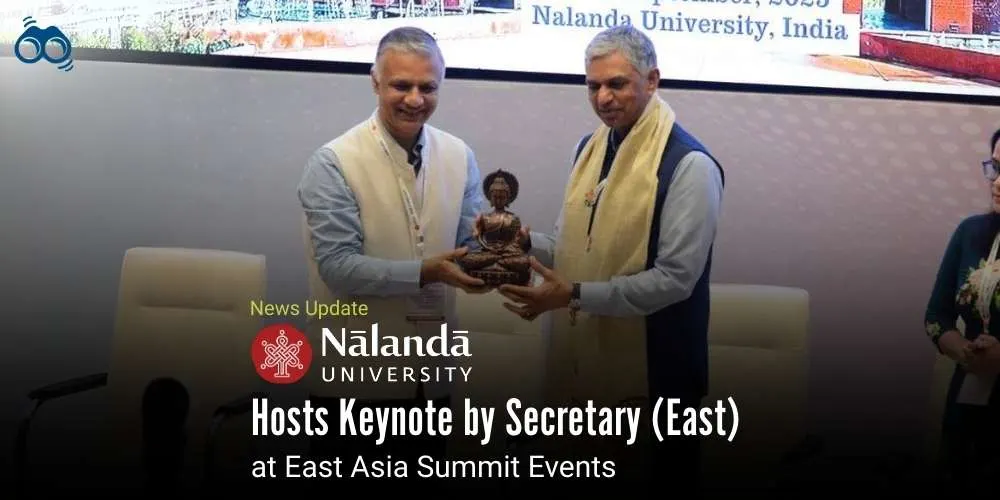
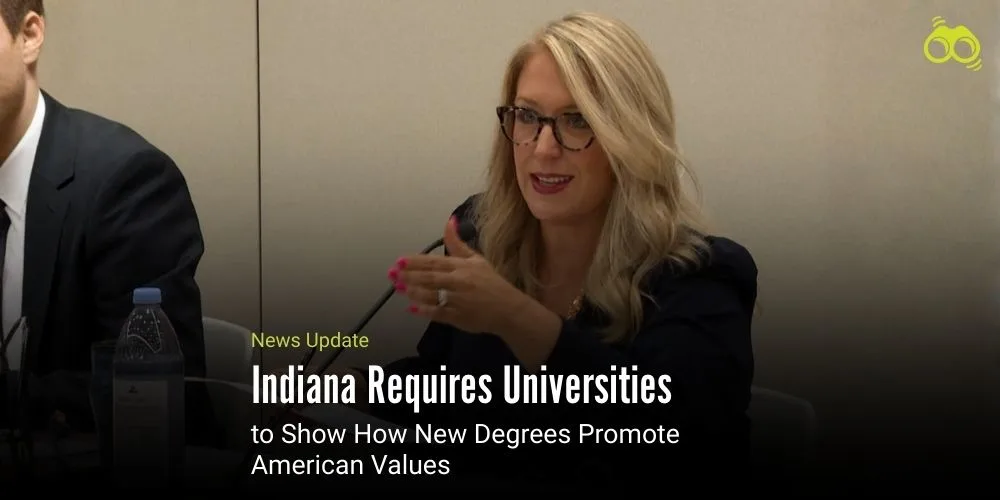
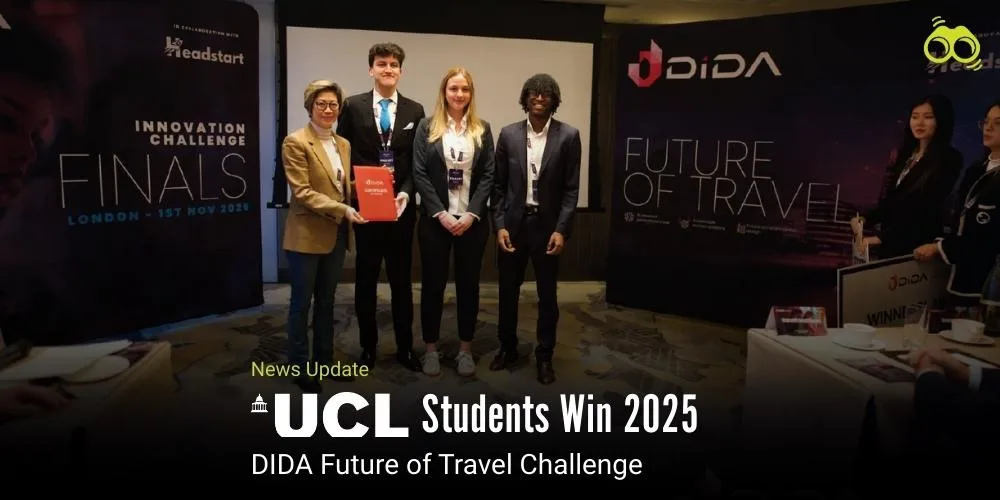
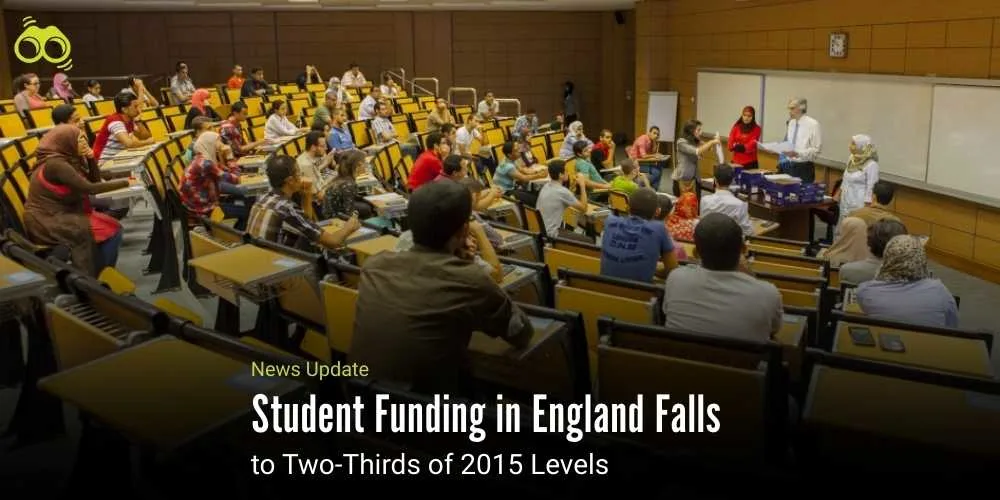

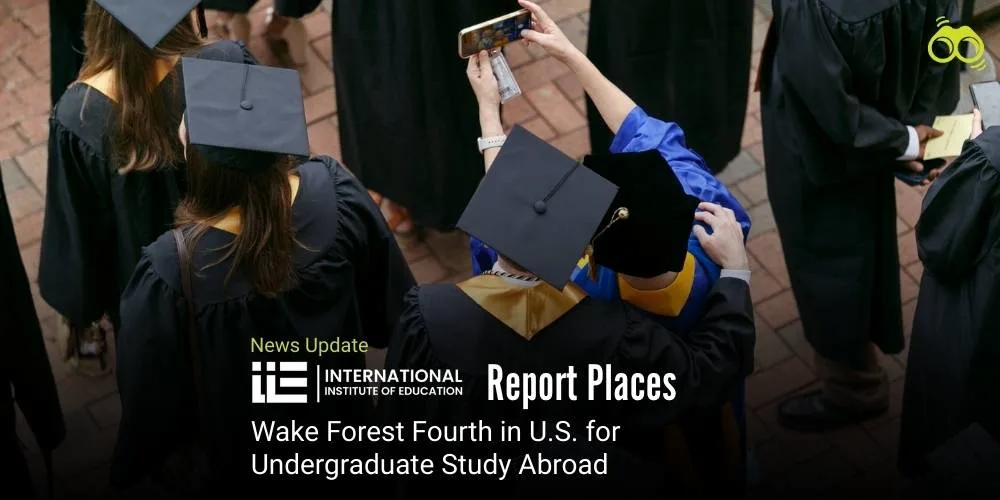

0 Comments (Please Login To Continue)